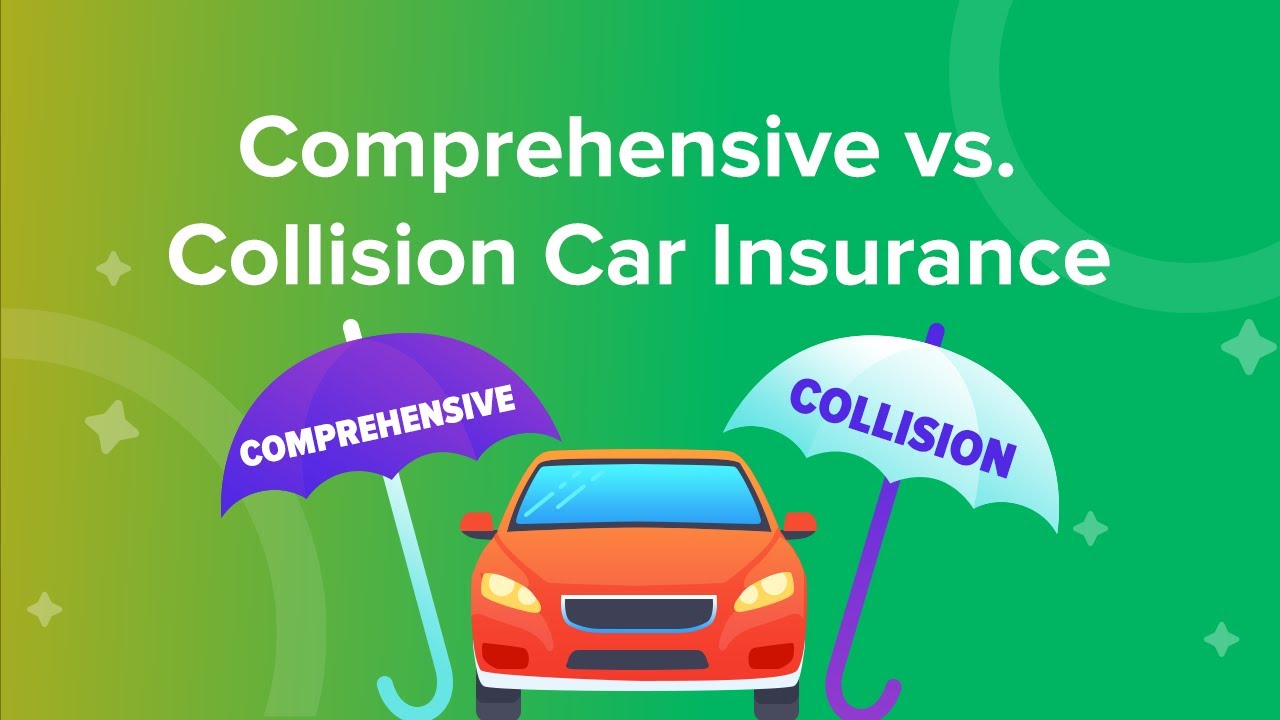Introduction
Car insurance comes with so many terms it feels like you need a dictionary to decode your policy. Comprehensive and collision coverage are two of the most commonly misunderstood terms—and figuring out which one you actually need can save you money and headaches. Let’s break it down in plain English.
What Is Collision Insurance?
The Basics:
Collision insurance covers damage to your car caused by—you guessed it—collisions. This includes:
- Hitting another vehicle.
- Crashing into a stationary object (like a pole or a guardrail).
- Single-car accidents (like flipping your car).
When It Helps:
If you’re at fault in an accident, collision insurance pays to repair or replace your car.
Example:
You rear-end someone at a stoplight. The damage to your car costs $4,000 to fix. Collision insurance covers the repair after you pay your deductible.
What Is Comprehensive Insurance?
The Basics:
Comprehensive insurance covers non-collision-related events, like:
- Theft.
- Vandalism.
- Natural disasters (floods, hail, hurricanes, oh my!).
- Fire.
- Falling objects (hello, rogue tree branches).
- Animal-related incidents (hitting a deer counts here).
When It Helps:
Comprehensive insurance steps in when something unexpected damages your car that doesn’t involve another vehicle.
Example:
A hailstorm dents your car, and repairs cost $2,000. Comprehensive insurance covers it after your deductible.
Key Differences Between Collision and Comprehensive
| Feature | Collision | Comprehensive |
|---|---|---|
| Covers | Accidents involving your car and another object | Non-collision events like theft or weather |
| Who’s at Fault? | You or another driver | Nature, theft, or acts of misfortune |
| Required by Lenders? | Usually, yes | Usually, yes |
| Deductibles? | Yes | Yes |
Do You Need Both?
Whether you need collision and/or comprehensive depends on your situation. Ask yourself:
- How Old Is Your Car?
- If your car is worth less than $3,000, you might skip both coverages to save money.
- For newer or valuable cars, both are a good idea.
- Do You Have a Loan or Lease?
- Lenders typically require both collision and comprehensive coverage until the loan is paid off.
- Where Do You Live?
- Comprehensive is worth it if you live in areas prone to extreme weather, high theft rates, or animal collisions.
- What’s Your Risk Tolerance?
- Can you afford to repair or replace your car out of pocket? If not, consider at least one of these coverages.
How Much Does It Cost?
- Collision Insurance: Costs more than comprehensive since accidents are more common.
- Comprehensive Insurance: Usually cheaper because non-collision events are less frequent.
Pro Tip: Raise your deductible to lower your premiums. Just make sure you can cover the deductible in an emergency.
Conclusion
Comprehensive and collision insurance are like peanut butter and jelly—they work well together but can be enjoyed separately. Take stock of your car’s value, your driving habits, and your budget to decide what makes sense for you. Remember: the goal is peace of mind, not overpaying for unnecessary coverage.




Leave a Reply